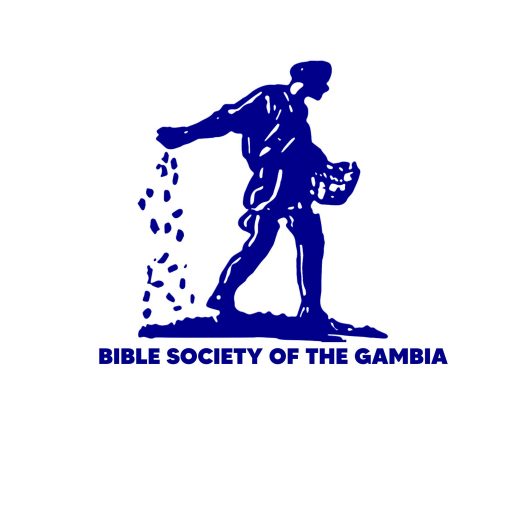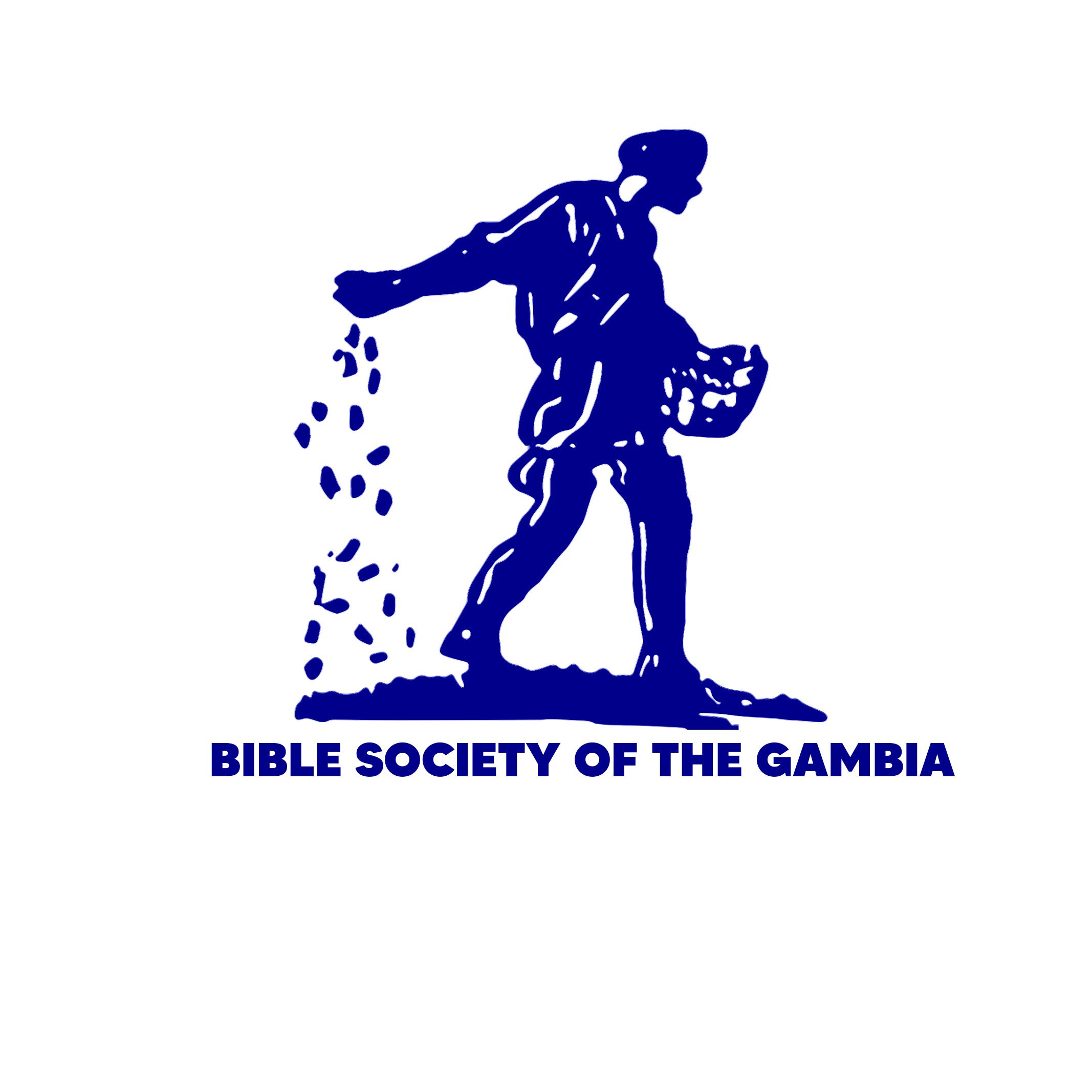Ephraim's Land
1-4 Ephraim and Manasseh are the two tribes descended from Joseph, and the following is a description of the land they received. The southern border of their land started at the Jordan River east of the spring at Jericho. From there it went west through the desert up to the hill country around Bethel. From Bethel it went to Luz and then to the border of the Archites in Ataroth. It continued west down to the land that belonged to the Japhlet clan, then went on to Lower Beth-Horon, Gezer, and the Mediterranean Sea.
5 The following is a description of the land that was divided among the clans of the Ephraim tribe. Their southern border started at Ataroth-Addar and went west to Upper Beth-Horon 6-8 and the Mediterranean Sea. Their northern border started on the east at Janoah, curved a little to the north, then came back south to Michmethath and Tappuah, where it followed the Kanah Gorge west to the Mediterranean Sea.
The eastern border started on the north near Janoah and went between Janoah on the southwest and Taanath-Shiloh on the northeast. Then it went south to Ataroth, Naarah, and on as far as the edge of the land that belonged to Jericho. At that point it turned east and went to the Jordan River. The clans of Ephraim received this region as their tribal land. 9 Ephraim also had some towns and villages that were inside Manasseh's tribal land.
10 Ephraim could not force the Canaanites out of Gezer, so there are still some Canaanites who live there among the Israelites. But now these Canaanites have to work as slaves for the Israelites.
Yusufa lasiloolu la tundoo
1 Bankoo meŋ talaata alikuuroo* la Yusufa koomalankoolu teema, a daa bota Yoridani Boloŋo le to, Yeriko jiibuloo to, tilibo karoo la. Ka bo Yeriko, a naanewo tententa ka taa keñewuloo* to, ka taa wo la Beteli konkotundoo* la. 2 Ka bo Beteli saatewo to, a taata niŋ Lusi la ka tambi niŋ Arikinkoolu la tundoo la, ka taa wo la Ataroti saatewo to. 3 Ka bo wo to la, a tententa wo la ka jii Yafuletinkoolu la tundoo kaŋ, tilijii karoo la, ka taa wo la fo Beti-Horoni-Duuma maafaŋo la, aniŋ Keseri. Naanewo ñiŋ danta Baa Baa* le to. 4 Ñiŋ bankoo le keta keetaafeŋo ti Manase lasiloo moolu ye, aniŋ Efurayimu* moolu, mennu mu Yusufa koomalankoolu ti.
Efurayimu lasiloo la tundoo
5 Ñiŋ ne mu Efurayimu lasiloo moolu la keetaafeŋo ti, ka bo kaabiila ka taa kaabiila: Ì la tundoo naanewo taata le ka bo Ataroti-Adari, tilibo karoo la, ka taa fo Beti-Horoni-Santo to la. 6 Naanewo ñiŋ taata le fo Baa Baa bala. Mikimetati saatewo, wo le be maraa karoo la. Tilibo karoo la, naanewo ñiŋ muruta wo la ka taa Taanati-Silo maafaŋo la. A tambita wo la ka taa Yanowa, tilibo karoo la. 7 Bituŋ a taata wo la ka bo Yanowa ka taa Ataroti, aniŋ Naara, aniŋ Yeriko dandaŋo to la, a danta Yoridani Boloŋo to. 8 Ka bo Tapuwa la, naanewo ñiŋ taata le ka naa fo Kana Wulumbaŋo to, tilijii karoo la, ka taa fo Baa Baa bala. A danta wo le to. Ñiŋ ne mu Efurayimu lasili moolu la keetaafeŋo ti, ka bo kaabiila ka taa kaabiila, 9 saatee baalu niŋ saateeriŋolu bee, ì ye mennu jenkendi ì ye kara la, ka bo Manase lasili moolu la kewo to.
10 Bari ì maŋ Kanaaninkoolu bayi, mennu be sabatiriŋ Keseri. Wo kamma la, Kanaaninkoolu niŋ Efurayimu lasili moolu tarata sabatiriŋ ñoo kaŋ ne, fo ka naa bula bii tiloo la. Bari ì ka Kanaaninkoolu foriseetoo dookundi le.

